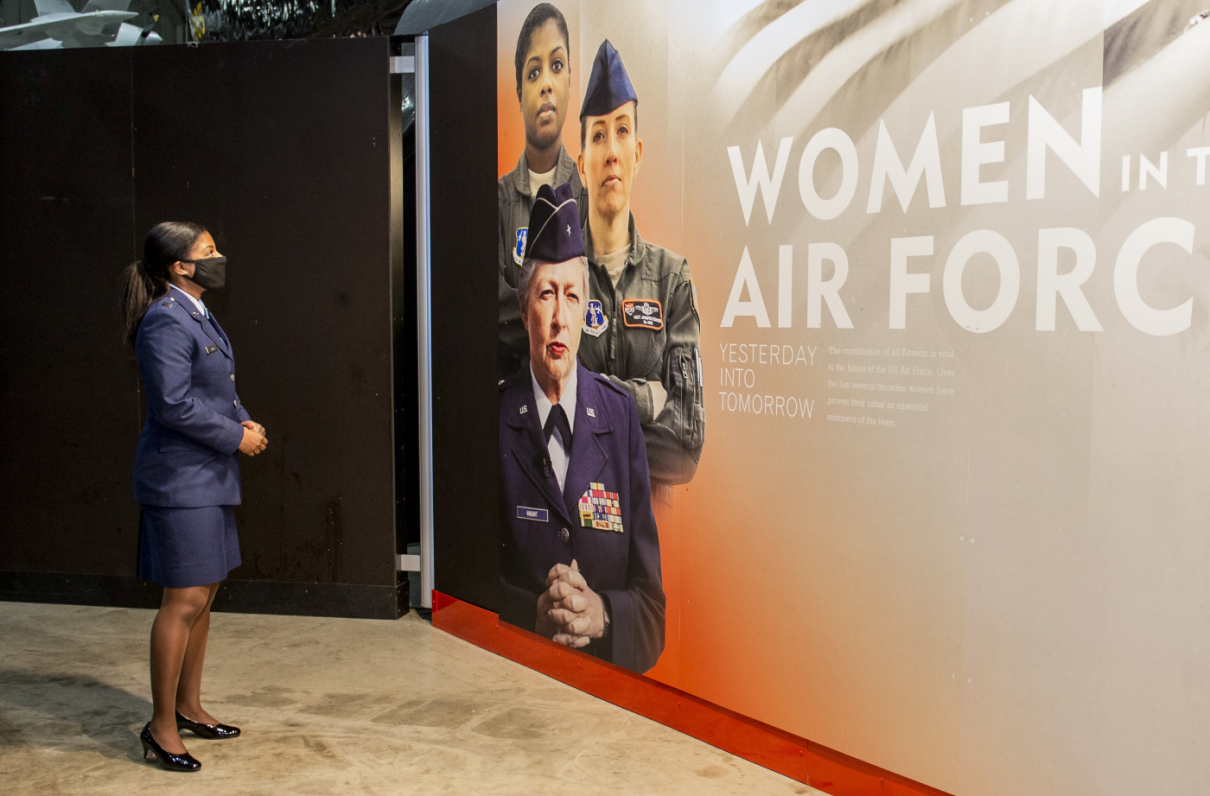A program designed to inform women veterans of the many health services available through the VA has moved from an instructor-led setup to an online, on-demand offering – an approach the agency hopes will make the information more readily available.
The Women’s Health Transition Training (WHTT) course, which complements other Transition Assistance Program (TAP) efforts, began as a pilot program in 2018. The pilot wrapped up in December 2019 and included 670 participants who attended in-person classes at 19 locations, per an Army press release.
[RELATED: Leading the Way: MOAA Celebrates Women's History Month]
Virtual classes began in 2020, with about 700 participants as of November 2020, according to the release. The self-paced, on-demand instruction can be accessed at this link and covers a series of transition topics, including:
- Women’s health care services available through the VA, such as maternity care, cancer screenings, and mental health services.
- Eligibility and enrollment requirements.
- Tips for connecting with fellow woman veterans, including networking groups and other post-service programs.
MOAA has long sought to eliminate health care disparities for women in the VA system, making the need to ensure quality care for women and minority veterans a key part of recent congressional testimony.
“This training and other outreach efforts show how serious the VA is taking the needs of women veterans, but there will always be more work to be done,” said Cmdr. René Campos, USN (Ret), MOAA's senior director of government relations. “This work is especially critical for transitioning veterans – those who aren’t made aware of VA’s improvements in women’s care in recent years are more likely to seek other health care options and miss out on earned benefits that could have long-term impact on their health and well being.”
Women veterans make up the fastest-growing part of the veteran population, but only 40% of eligible women veterans are enrolled in VA care, according to a VA press release announcing the WHTT program changes.
More details on the WHTT course, including a description of course offerings, answers to frequently asked questions, and participant testimonials, are available at this link.
Celebrate Women’s History Month With MOAA
Hear from 3 MOAA members about their experiences on the ‘Women of the Military’ podcast.

